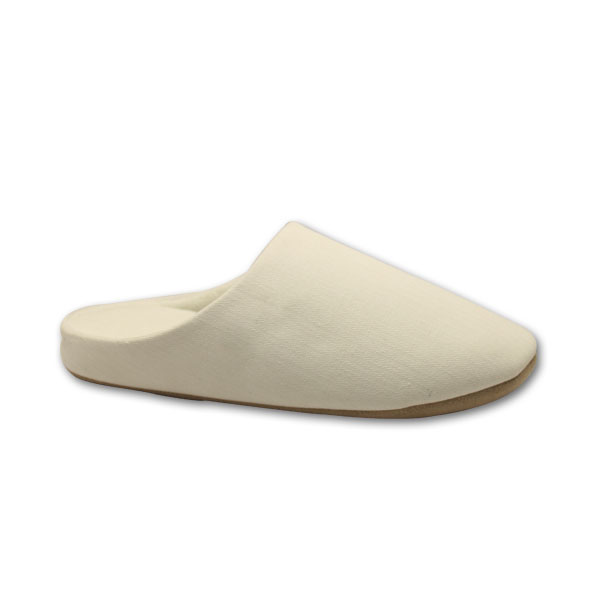3.6 Zheng Mian: India's cotton policy is volatile, and the short-term cotton price rise is difficult
Contract Code Opening Price Highest Lowest Lowest Price Closing Price Before Last Settlement Price Settlement Price Change Volume Position Change Today Accumulated Change Today CF203 20650 20700 20560 20630 20610 20600 -10 256 204248 -194 5084 CF205 21320 21365 21130 21215 21200 21270 +70 26544 31242272 340 101372 CF207 21660 21680 21430 21505 21485 21590 +105 1840 191854 -9538 0098 CF209 22120 22160 21885 21980 21940 22035 +95 328210 4403956 21078 329550 CF211 2190 22010 21755 21890 21815 21920 +105 422 17312 -6 3244 CF301 22120 22180 21895 21970 21985 22035 +50 10748 118432 3798 35056 Total turnover: 368020, Total positions: 474404, Today's position changes: 15478 Notes: 1 Volume positions: Hand (calculated on a bilateral basis); 2 Change: Current settlement price and settlement The difference between the price; 3 volume: the sum of disk volume and the amount of cash.
On the 6th, Zheng Cotton opened higher and declined slightly. Today's cotton prices were affected by the previous profit-taking and the impact of India or canceling the export ban. The Indian cotton policy was originally subject to change. The market had expected this, and the opinion of its Minister of Agriculture made the market worried about the recurrence of the short-term cotton price. The impetus for the increase weakened.
ICE Cotton ** closed at a daily limit on Monday, boosted by India’s unexpected ban on cotton exports. This led to market speculation that China will have to turn to the United States to purchase a dwindling supply of cotton, which is reminiscent of the doubled cotton prices in August 2010 and eventually hit a high of 2.27 US dollars in March 2011. The indicator ICE May cotton ** contract CTK2 touched the 4-cent daily limit and closed at 92.23 cents per pound, up 4.5%. According to Thomson Reuters data, the single-day gain was the largest in a month.
On the news, on March 5, the General Administration of Foreign Trade of India issued an announcement that it will ban the export of cotton with the tariff numbers 5201 and 5203, which includes export orders already registered with the government. The date of release is stipulated separately. According to Indian customers, 5 The cotton that Japan prepares for shipment at the port has not been able to declare. It is reported that from September 2011 to January 2012, China imported 810,000 tons of Indian cotton, which accounted for 40% of total imports, and Australia, which ranked second, accounted for 16%. The data on China's imports of Indian cotton in February has not yet been announced and is expected to be 200,000 tons. Then China's 2011 cotton year has cumulatively imported 1 million tons of Indian cotton. At present, there are 400,000 tons of Indian cotton imports, and the Indian Minister of Agriculture proposes to cancel the export today. The embargo, the market worried about renewed. When Premier Wen Jiabao of the State Council made a report to the Eleventh National People's Government on the 5th for the government work report, the gross domestic product in 2012 increased by 7.5%. This is the first time that our country’s gross domestic product (GDP) growth target is below 8% for the first time in eight years. At the same time pointed out that "China will continue to increase the minimum purchase price of grain." In 2012, the minimum purchase price of wheat and wheat increased by 7.4 yuan and 16 yuan per 50 kg respectively. According to the survey conducted by the Cotton Information Network, the average operating rate of the current spinning mills is 89.4%, which is generally lower than last year's level. Currently, the high-cost raw materials of the enterprises have been digested. The starting conditions are good, and there is a certain profit according to the current cotton price.
On the domestic spot market, on March 6th, the transaction volume of electronic cotton blending transactions in the national cotton trading market was 14,380 tons, a decrease of 4,580 tons from the previous day, an increase in orders of 2,520 tons and a cumulative order of 108020 tons. On March 6, China's cotton price index fell by 2 yuan to 19597 yuan per ton. Last week, when the New Deal for Storage and Storage was introduced in 2012, cotton farmers in the ginners of the cotton mills all actively supported this view. The views of the textile companies are somewhat divided. Some companies believe that the Khmer price means high yarn prices, and the cotton price increases for cotton yarn. Higher prices will play a stimulating role; in addition, according to recent surveys of cotton business strategies, many cotton companies are currently in a state of anxiety and entanglement. They are also afraid to go short and go long. In view of the increase in new cotton storage and storage prices, the market does not dare look bearish; however, the cotton yarn market still has no improvement, and there are still half a year's time for this year. There is also a high risk of blindly doing more, and the main reason is to wait and see. On March 5th, it plans to collect and store 96,550 tons of crude oil, with an actual turnover of 19,760 tons, and the transaction percentage is 20%. As of the end of the 5th of 2011, the accumulative turnover of cotton was 2,731,830 tons, in Xinjiang, 1,560,480 tons were sold, and 1,117,350 tons were sold in the mainland.
From a technical point of view, today's 1209 contract of Zhengmian Cotton Co., Ltd. took the Xiaoyin line, and the price was supported at the 5-day moving average. The 5-day moving average and the 20-day moving average were cemented. The positions continued to increase, and the transactions decreased slightly. The short-term impulse was not strong.
Recently, the sudden change in India’s cotton export policy has led to a significant increase in long positions in the market. However, the cancellation of cotton exports by India will not change the pattern of loose cotton supply and weak demand in the world. The trend of cotton prices will not be immediately stronger, but only a short-term stimulus to cotton prices. Going higher, the mid-term cotton price will also return to the fundamentals of supply and demand. (Greene Mazhan)
Jnpfootwear is specializing in making daily casual shoes.
The main sells point of our Women's Shoes Collections is durable , comfortable ,fashion for daily wear.
We always choose memory form insole with more cushion for women's shoes, flexible and durable outsole for boots,quality and cost sheepskin leather for sheepskin boots and slippers. Considering the practicability of the shoes once making the paper patterns.
We'd like hearing from our clients, all the ideas and feedback are precious for our improvement.
 |
 |
 |
 |
|
Women's Moccasins |
Women's Winter Boots |
Women's Winter Slippers |
Women's Indoor Slippers |
Women's Moccasins collection are developed for comfortable long walking.
Women's Winter Boots collections selected the latest leather patterns, quality sheepskin to keeps the boots both fashion and warm.
Women's Winter Slippers collections divided to real leather and suede to meet different clients need.
Women's Indoor Slippers collections are developed for quality ,fashion ,comfortable but reasonable price.
If you any ideas for the women's shoes , please do not hesitate to contact with us, there always one styles for you. And we also could develop the unique and hot sales products together.
Women's Shoes
Womens Shoes,Ladies Boots,Ladies Shoes,Ladies Leather Shoes
YANGZHOU JNP IMP.&EXP. CO.,LTD , http://www.jnpshoes.com